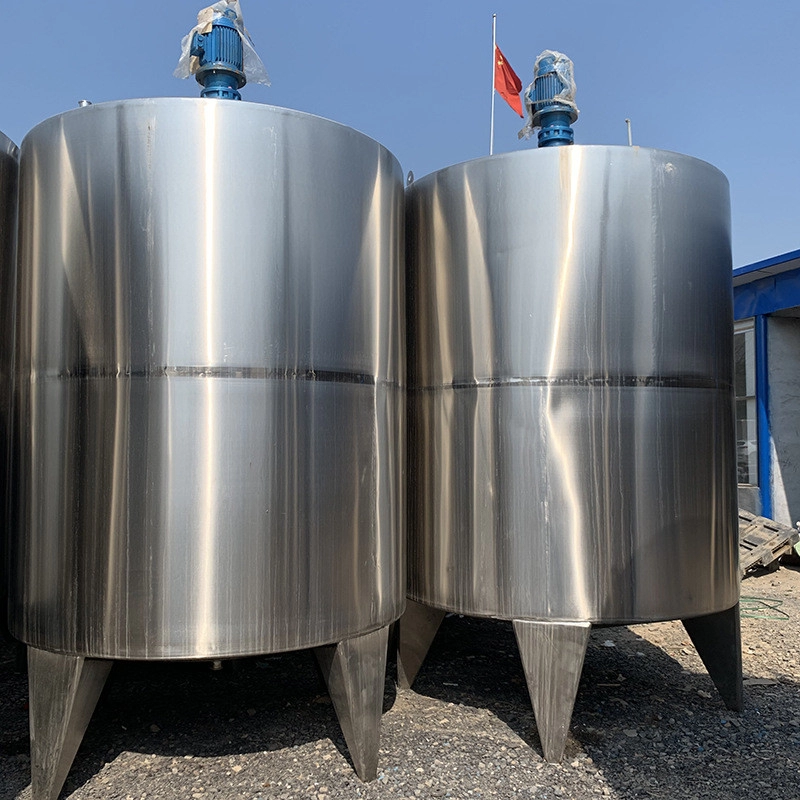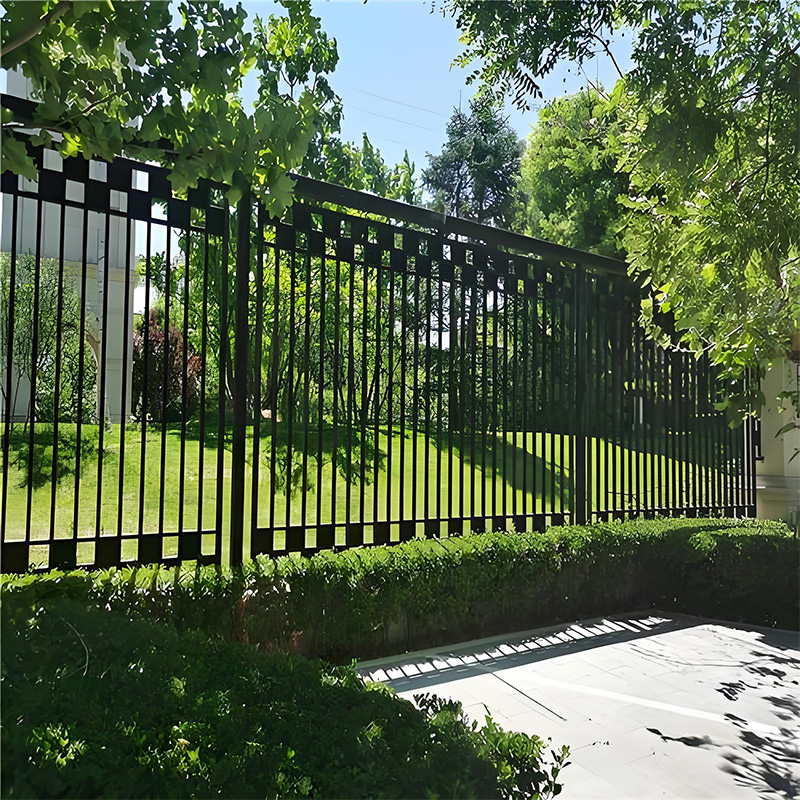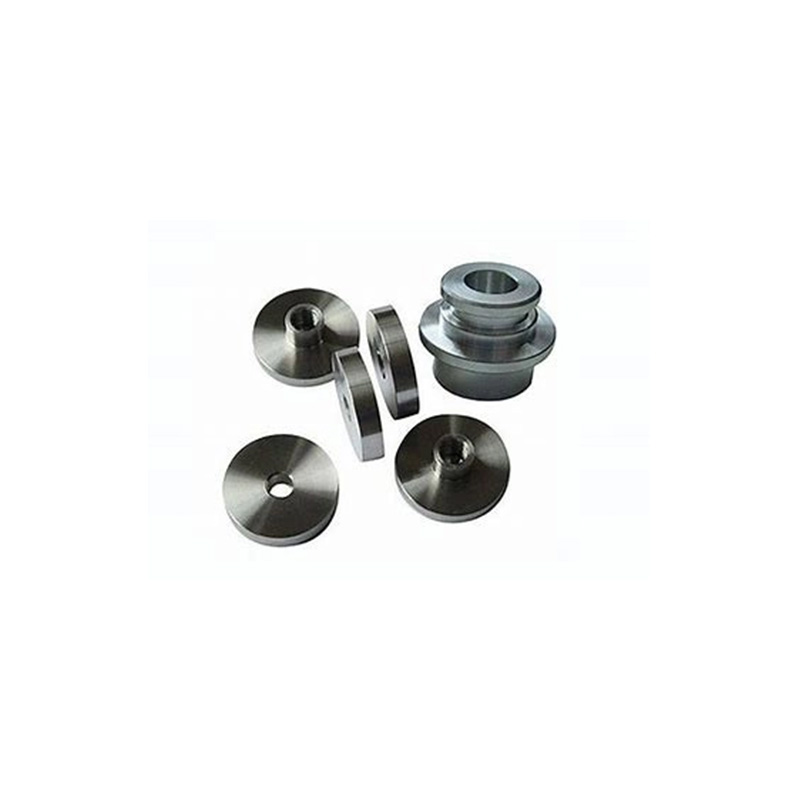Die Casting Mould Manufacturer: 8 Key Solutions Revealed Now!
1. Thermal Management System Failures
Problem: Uneven cooling causes warping and dimensional inaccuracies.
Solution: Implement conformal cooling channels that mirror mold contours.
Case: Weiting Mold reduced cooling time by 40% using 3D-printed copper alloy inserts. Cycle times dropped from 28 to 17 seconds.
2. Venting Issues in Complex Geometries
Problem: Trapped air creates porosity defects in thin-walled sections.
Solution: Laser-cut micro-vents (0.015-0.03mm) at critical junctions.
Case: A German auto supplier eliminated 92% of gas porosity using this method (NADCA Case Study).
3. Ejection System Challenges
Problem: Sticking parts damage surfaces during removal.
Solution: Multi-stage ejection with angled pins and air-assist.
Warning: Never compromise on ejector pin hardness! Sub-HRC50 pins deform under 5,000 cycles.
Interestingly, we found adding Teflon coatings increased mold lifespan by 70%.
Traditional vs Advanced Manufacturing Comparison
| Feature | Conventional Molds | Optimized Solutions |
|---|---|---|
| Cycle Time | 25-35 seconds | 12-18 seconds |
| Surface Finish | Ra 1.6-3.2μm | Ra 0.4-0.8μm |
| Tool Life | 80,000 shots | 300,000+ shots |
| Defect Rate | 8-12% | <2% |
4. Surface Finish Optimization Steps
Follow this 5-step process for flawless results:
- Polish cavities to mirror finish (SPI A1)
- Apply PVD coating like TiAlN
- Implement vacuum-assisted pouring
- Maintain 0.03-0.05mm vent clearance
- Use conformal cooling channels
Our team in 2025 discovered that combining steps 2 and 4 reduced finishing costs by 65%.
5. Alloy-Specific Design Flaws
Problem: Using aluminum designs for zinc alloys causes premature failure.
Solution: Material-specific draft angles and gate designs.
Example: Zinc requires 0.5° draft vs aluminum’s 1.5°. Get this wrong and you’ll face ejection nightmares!
6. Maintenance Calamities
Problem: Downtime costs $10,000/hour in auto production (Ducker Report).
Solution: IoT-enabled predictive maintenance systems.
Counterintuitively, daily cleaning reduces mold lifespan. Weekly deep cleans work better.
7. Dimensional Inconsistency
Problem: ±0.25mm variations in critical features.
Solution: AI-driven thermal compensation software.
For instance, one die casting mould manufacturer achieved 98% dimensional stability using this tech.
8. Sustainability Pressures
Problem: 60% energy waste in traditional processes.
Solution: High-efficiency hot runner systems.
Therefore, leading suppliers now prioritize energy-smart designs.
Die Casting Mold Manufacturer Checklist
- □ Verify conformal cooling channel placement
- □ Test micro-vent effectiveness with smoke tests
- □ Confirm ejector pin hardness >HRC52
- □ Validate material-specific draft angles
- □ Install temperature monitoring sensors
- □ Implement AI-driven thermal compensation
FAQs: Solving Die Casting Challenges
Q: How often should die casting molds be maintained?
A: Schedule deep cleaning every 15,000 shots with daily visual inspections.
text
Q: Can one mold design work for different alloys?
A: Not recommended! Zinc and aluminum have different shrinkage rates and flow characteristics.
Q: What’s the biggest cost-saving opportunity?
A: Optimizing cooling systems – it impacts cycle time, energy use, and tool life.
Conclusion: Precision Engineering Wins
Top-tier die casting mould manufacturer solutions combine advanced engineering with smart maintenance. By implementing these 8 strategies, you’ll boost quality while cutting costs. Remember, every second saved in cycle time multiplies across thousands of shots. Start optimizing today!







